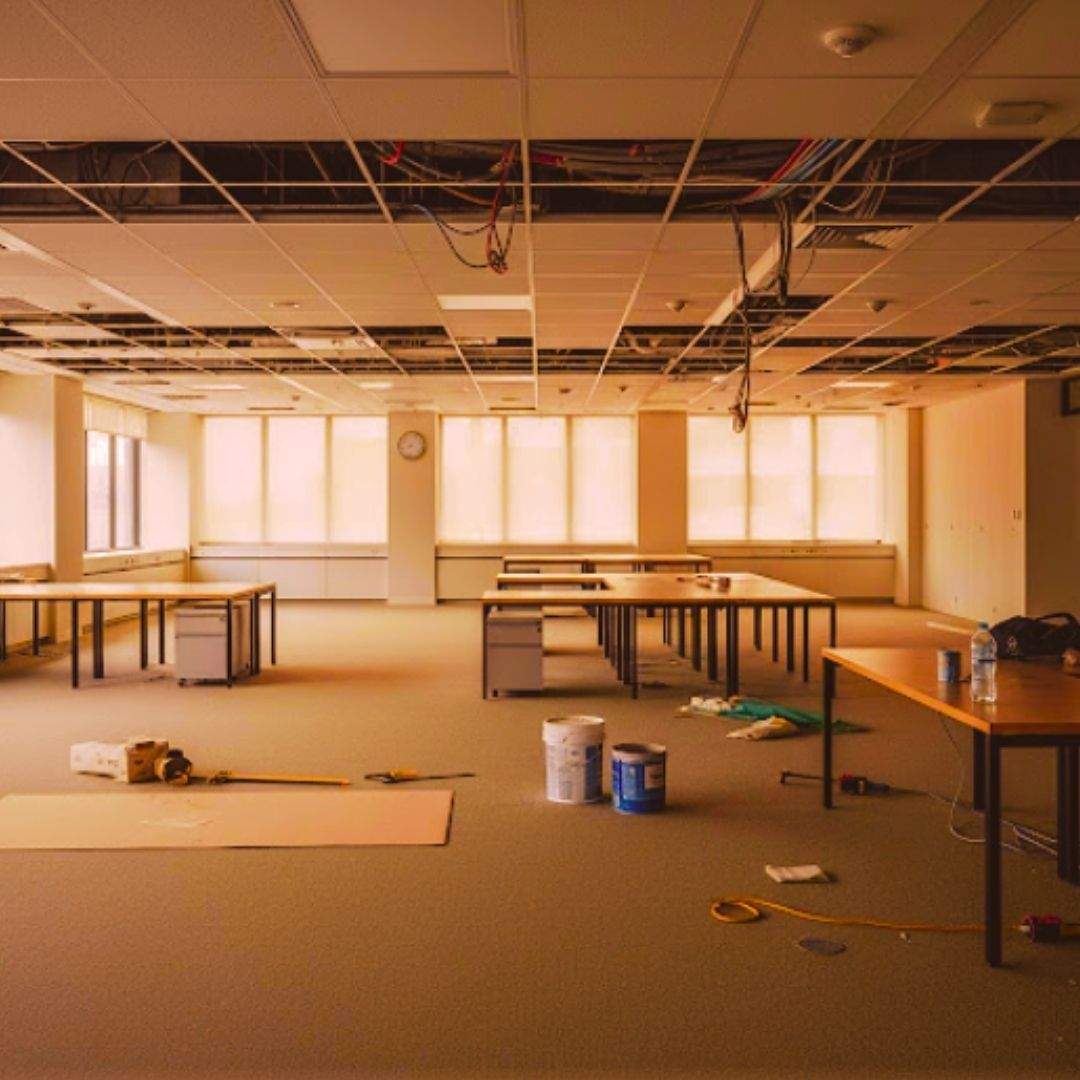What are dilapidations? The nasty sting at the end of a lease.

What are dilapidations?
Dilapidations refer to the disrepair of a property. They specifically concern a tenant’s obligations under a lease to maintain the premises.
If a tenant has leased a newly-decorated property, by the time their lease ends in, say, 3 years’ time, there will be scuffs and marks, paintwork will need renewing, carpets will be worn, etc.
Furthermore, if the tenant has added their own adjustments to the property – trunking, signage, a new kitchen or additional partition walls – the landlord may wish for the property to be returned to its previous state.
When a lease ends therefore, a landlord may present a Schedule of Dilapidations to the departing tenant, outlining the repairs needed. In turn, this can lead to a dilapidations claim, where the landlord seeks compensation for the cost of these repairs. And the cost of dilapidations can run to many thousands.
The nasty sting at the end of a lease
If you’re leaving your existing business premises, you might be excited to be planning for your next premises. But before you start spending on your new property, be very mindful about dilapidations on your old one.
You need to understand your commercial property lease agreement. And preferably have this in mind, when you signed it. The condition of your property begins to deteriorate from the date a lease starts, and most tenants are obliged to keep the property they are leasing in a good state of repair. Repairing your old leased property is far less exciting than spending on your new one. But it has to be factored in.
How to make dilapidations easier to manage
You might not be able to avoid dilapidations completely, but you should plan for them, budget for them, and ensure that any lease you enter into is as fair as possible:
- Ensure the initial lease agreement was well-written in the first place
Hindsight is a wonderful thing. But the best way to avoid a huge dilapidations bill is to ensure the initial lease you signed explains the dilapidation implications fairly and they suit your needs. A full repairing lease, for example, may not be the right type of lease for a short-term let.
- Use a surveyor
Get a surveyor to look over the building and create a Schedule of Condition. You need to understand the state of the building before the lease commences, and therefore what your liabilities are. Like assessing a car before renting it at the car hire office, you need to record what faults there are with the property before you start the lease, so that you aren’t expected to correct any existing faults at the end of the lease. A properly recorded, and photographed report will help you to establish the state of the property before you start the lease.
- Negotiate
Negotiating is important at the outset. Ensure you are happy with the terms of your lease, they suit your needs and the dilapidations clauses are fair and manageable.
- Budget and plan for dilapidations
Make a dilapidations provision within your budgeting through the term of the lease. As you near the end of your office lease, allow enough time to carry out repairs, adjustments or alterations, and ensure you have the money to do so.
For more information, contact Thomas Connell by phone, on 01756 692876, or by emailing thomas.connell@awbclaw.co.uk.
19 June 2025
Further reading:
GovUK: Deductions: dilapidations under a lease
Commercial Lease Explainer: Schedule of Condition
Commercial Lease Explainer: Heads of Terms (HoTs)

